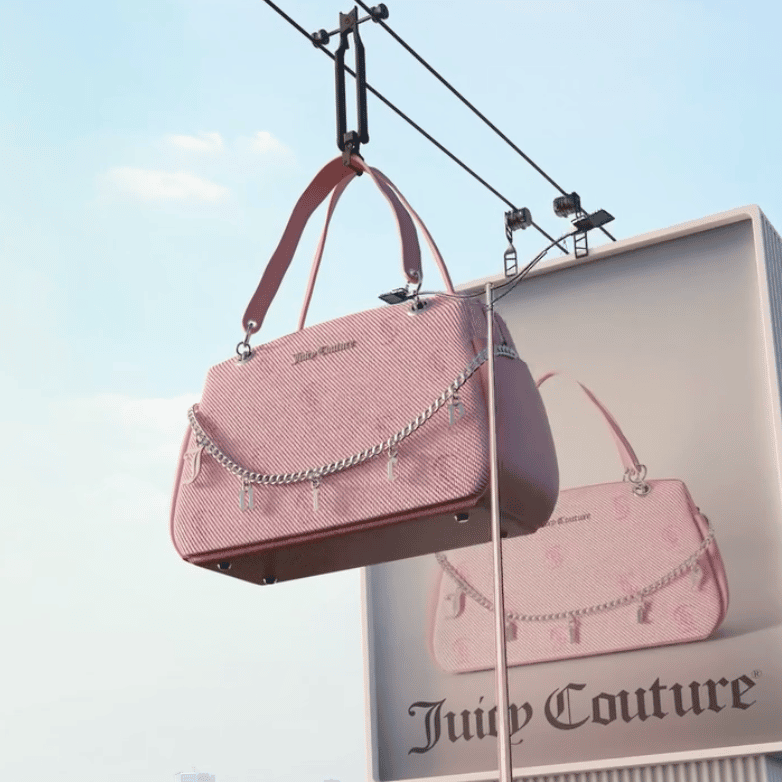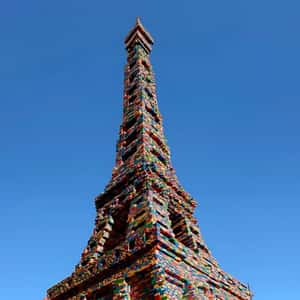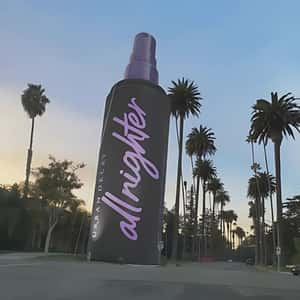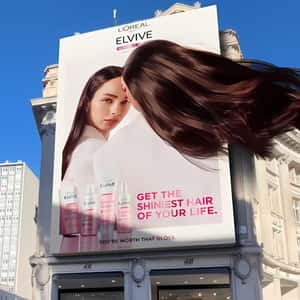FOOH Creator Spotlight: Meet Global Creative Agency Yellow
Inside Yellow: How a design-led agency builds FOOH that travels—sharp strategy, craft-led CGI, and AI as accelerator, not replacement.

Yellow has always resisted the obvious. Founded in 2013, the global creative agency grew from a design-led studio into a near-hundred-strong team working across branding, social, campaigns — and now, FOOH. Their philosophy is simple: don’t just meet the brief, excel it.
That ethos made FOOH a natural fit. “We’ve always been fascinated by the intersection of storytelling, technology, and wonder,” Shrey Doshi, founder and creative director of Yellow explains. “FOOH was the perfect canvas — a way to make the impossible happen on a city skyline.” What began as an experiment quickly became a practice that clients across industries now seek out.
For Yellow, the magic lies in believability. Campaigns like the Juicy Couture ad stand out not just for reach but for reaction. “The true measure isn’t views — it’s when people pause and ask, Wait, is that real? That disbelief is magic.”
The team also experiments with AI — but carefully. “AI can speed up exploration, but the craft still has to hold. Believability is everything. Audiences know when something’s off.”
Looking ahead, they see FOOH evolving from curiosity to cultural staple. “Done right, it isn’t just advertising. It’s entertainment, news, and relevance. A format that brands can’t afford to ignore.”
Explore the full interview below — and see why Yellow’s work continues to paint stories in bold, unmistakable color.
Interview Q&A
How did you get started in FOOH?
We’ve always been fascinated by the intersection of storytelling, technology, and spectacle. FOOH felt like the natural evolution, a way to take the grandeur of OOH and marry it with the limitless possibilities of CGI. It began with curiosity: “What if we could make the impossible happen on a city skyline?” That experiment became a portfolio, and the portfolio turned into a practice.
What does a typical FOOH project timeline look like for your team, from brief to final render?
Every FOOH project begins with strategy. We first dissect the brief — what’s the story, who’s the audience, and what’s the “wow” moment? From there, it’s concept development, pre-visualization, CGI production, compositing, and sound design. Depending on scale, timelines can range from 2–3 weeks. The shortest version: brief in, magic out.
How do most new clients find you? Is it word-of-mouth, visibility from viral work, or direct outreach?
It’s a mix, but virality has been a real accelerant. FOOH is designed to be shared, so when a piece lands, it tends to open doors globally. Word-of-mouth from happy clients keeps momentum strong, while our own outreach ensures we’re speaking to brands with the appetite to push creative boundaries.
What was your biggest project so far? (Brand, views, etc.)
For us, “biggest” isn’t defined by views alone; it’s about cultural impact. Some of our campaigns have reached tens of millions organically, but the ones that matter most are those that made people pause and ask, “Wait, is that real?” That moment of disbelief is the true measure of scale. If we had to name one, our CGI work for Juicy Couture stands out as a defining project.
Have you experimented with AI tools (e.g., GenAI, AI motion, or asset generation) in your concept or production workflow?
Absolutely. AI has become our co-pilot. From generating early moodboards and pre-viz concepts to accelerating iterations in asset creation, it helps us move faster without compromising craft. The key is balance — AI as an amplifier of human imagination, not a replacement for it.
Do you see AI playing a bigger role in FOOH or CGI in the next 1–2 years, or are you cautious about it?
AI will definitely play a bigger role; it’s inevitable. But the magic of FOOH lies in believability and craft. AI can speed up exploration and add new textures to our toolkit, but audiences still crave authenticity in execution. We’re cautiously optimistic, testing where it adds value and drawing the line where it risks gimmickry.
How do you stay inspired between commercial projects?
By constantly looking beyond advertising. Inspiration comes from cinema, architecture, gaming, art, and even street culture. We experiment in-house with passion projects, AI tools and tech demos — low-pressure playgrounds where ideas are free to misbehave. That energy often spills back into client work in unexpected ways.
What’s something people often misunderstand about doing FOOH or full-CGI work?
That it’s quick and easy because “it’s just CGI.” In reality, pulling off a convincing FOOH piece requires the same rigor as filmmaking — meticulous lighting, physics, perspective, and sound. The best FOOH doesn’t feel like CGI; it feels like reality bending in front of your eyes. That illusion is hard-earned.
If you could collaborate with any brand/IP tomorrow, who would it be and what format?
We’d love to reimagine FOOH for cultural icons, something like Coca-Cola or Nike, where scale, emotion, and fandom collide. A format that combines FOOH with live AR or immersive events would be the ultimate playground — something that doesn’t just go viral, but lives on in culture.
How do you see FOOH as a format developing in the next year? What would you like people to realize about FOOH?
FOOH will move from novelty to necessity. It’s no longer about tricking audiences; it’s about giving them cultural spectacles that feel share-worthy. We’d like people to realize it’s not a “stunt” but a new storytelling canvas. Done right, FOOH isn’t just advertising — it’s entertainment, news, and pop culture rolled into one.



